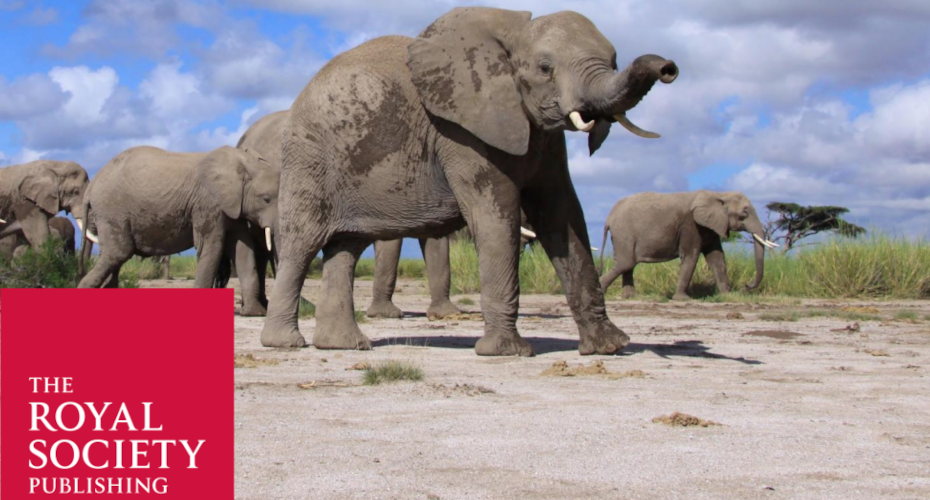Exeter researchers edit special journal issue on animal culture and conservation

Exeter scientists are among those who have discovered many animals learn and pass on behaviours through social learning or culture, which could have important implications for conservation.
It was previously thought culture was unique to humans, but numerous species of mammals, birds and even insects have been found to share traditions of behaviour such as tool use and social customs.
Major conservation agencies now recognise these discoveries could play a key role in protecting nature, which is summarised in a theme issue of Philosophical Transactions of Royal Society B. This is the first theme issue to present a comprehensive picture of the science and prospects of animal culture.
Dr Philippa Brakes from the University of Exeter Centre for Ecology and Conservation is one of the editors and said: “Time is running out for many species. Culture is complex and integrating cultural processes into conservation policy and practice is incredibly challenging. There is no one-size-fits-all solution. But if we can understand how information is shared within and across animal populations, this can provide early warning signs and inform conservation strategy and actions.”
Some governments are signatories to the UN Environment Programme Convention on the Conservation of Migratory Species of Wild Animals and have agreed to collaborate on ‘Concerted Actions’ to support conservation. One such action is the first to explicitly explore cultural knowledge in another species, recognising that sperm whales in the eastern tropical Pacific form distinct clans with different vocal dialects and evidence for foraging traditions that need to be considered in conservation management. A second concerted action to conserve chimpanzee cultural diversity is expected to protect the resilience of the species across 19 African States signed up to the Convention.
Nine articles in the theme issue review evidence for social learning and culture for different animal groups, including fish, reptiles, birds, whales, dolphins, primates, elephants, hoofed and other mammals. A further set of articles tackle a variety of urgent conservation issues that cut across these taxonomic groups, including efforts such as translocation, human-animal interactions, the role of social networks and how culture can be an environmental indicator. Finally, a section on ‘conservation in action’ addresses ongoing projects, such as the sperm whale and chimpanzee concerted actions, as well as efforts to attempt ‘cultural rescue’ in a declining songbird population.
Learn more about the issue here: https://doi.org/10.1098/rstb.2024.0127



